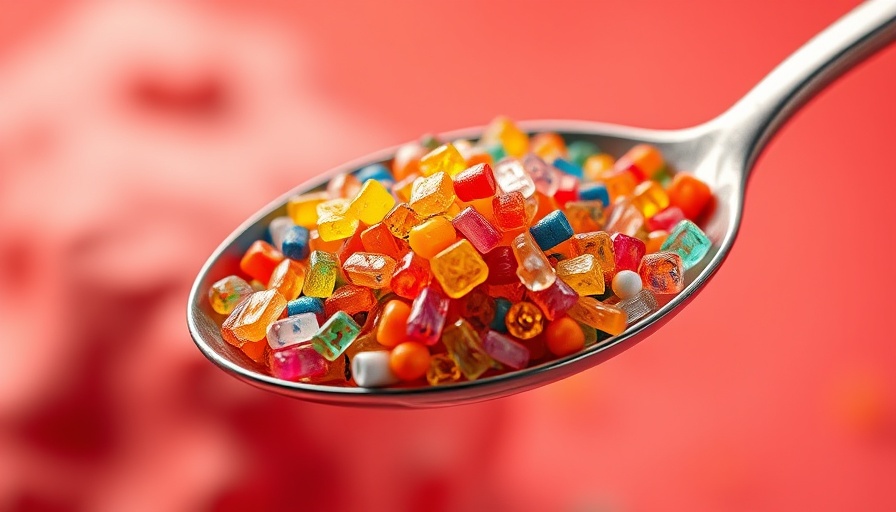
Understanding Microplastics: What Are They and Why Do They Matter?
Microplastics, defined as plastic particles less than five millimeters in size, have infiltrated every corner of our environment—from the deepest oceans to the air we breathe. Surprisingly, they are also found in various food sources, including seafood, honey, and even salt. The pervasive presence of these tiny plastic particles raises significant health concerns, as they are capable of entering the human body, leading to questions about their impact on our health.
The Inescapable Reality: How Microplastics Enter Our Bodies
It's alarming to consider that we might be ingesting microplastics daily without even realizing it. Research indicates that these particles can be absorbed through our skin and respiratory system, as well as through food and water. Moreover, studies show that consumers often unknowingly contribute to their own exposure by choosing packaged foods or beverages that may contain microplastics. This highlights the urgent need for awareness and proactive measures in combating this modern toxin.
The Science of Detoxification: Can We Really Eliminate Microplastics?
The question remains: how do we detox from microplastics? The concept of detoxification typically refers to the body’s natural ability to eliminate harmful substances. However, in the case of microplastics, scientific consensus is still evolving. Some researchers assert that our bodies can process and eliminate these particles naturally, while others warn of potential cumulative effects leading to chronic health issues.
Practical Strategies for Reducing Microplastic Exposure
While it may be challenging to completely eliminate microplastics from our lives, there are practical strategies we can adopt to minimize exposure:
- Choose Fresh and Whole Foods: Opt for unprocessed fruits, vegetables, and whole grains instead of packaged foods, which often contain microplastics.
- Filter Your Water: Investing in a water filtration system that can remove microplastics will significantly reduce your daily intake.
- Avoid Synthetic Fabrics: Limit the use of synthetic clothing such as polyester and nylon, as washing them releases microplastic fibers into the wastewater system.
The Role of Policy and Community Awareness
Combatting the microplastics crisis requires more than individual action. Community awareness and policy changes are crucial. Governments and organizations must work together to regulate and reduce plastic production and usage, promoting sustainable alternatives. Public campaigns aimed at educating communities about the impact of microplastics on health can spur collective action, ultimately leading to a positive shift in habits and regulations.
A Call to Action: Advocate for Change
We can all play a part in reducing the impact of microplastics. Whether through policy advocacy, lifestyle changes, or community involvement, every effort counts. Share your concerns with local representatives and participate in community advocacy efforts. The more we work together, the more likely we are to create tangible solutions that protect our health and the environment.
In conclusion, microplastics present a significant public health challenge, but with awareness, education, and proactive measures, we can minimize their impact on our lives. Understanding how they enter our bodies and adopting small changes in our daily routines can collectively contribute to a healthier future.
 Add Row
Add Row  Add
Add 




 Add Row
Add Row  Add
Add 

Write A Comment